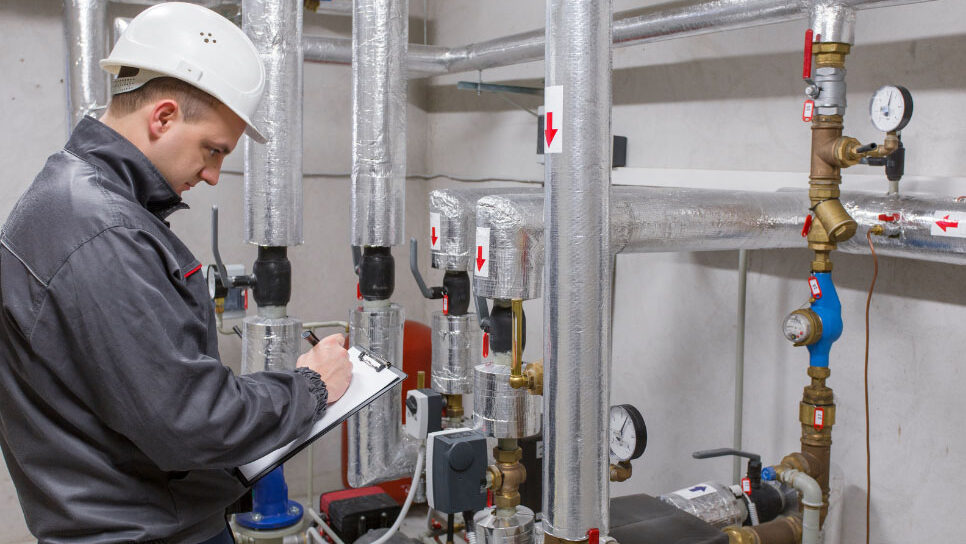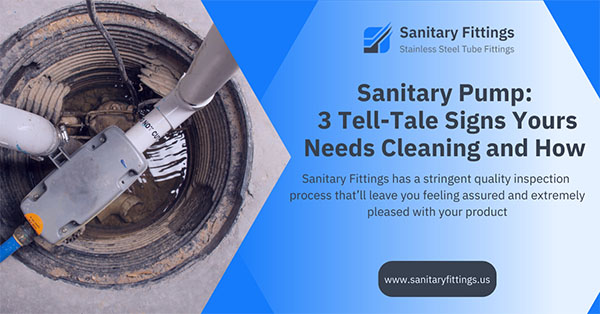Sanitary Pump: 3 Tell-Tale Signs Yours Needs Cleaning and How
Extremely high standards of plant hygiene are required for the processing of any product, such as food, beverages, or pharmaceuticals, meant for human consumption.
Product contamination in these processes can lead to wasted resources or even health and safety issues that can contribute to wide-ranging consequences, including:
- Product recalls
- Fines and other legal woes
- Reduced customer confidence
- Compromised company reputation
As such, sanitary pumps are designed to meet strict sanitary standards and must be made of materials that can be easily cleaned and sanitized. Indeed, sanitary pumps require thorough, periodic cleaning and sanitizing to prevent product contamination and degradation.
For example, food plants generally require daily washdowns as they’re bound by strict compliance regulations implemented by various regulatory agencies like the:
- U.S. Food and Drug Administration (FDA)
- Food Safety and Inspection Service (FSIS)
- 3-A Sanitary Standards Inc. (3-A)
Given such stringent requirements, it’s easy to see why you might want to install sanitary pumps that are designed for clean-in-place (CIP) operation.
CIP pumps have smooth, flat surfaces specifically designed for easy cleaning and sanitizing, and they don’t have recessed areas where bacteria can hide.
Additionally, CIP pumps are made of materials like 316 Stainless Steel and cleanable seals that can be easily sanitized. This is important since sanitization is an essential part of maintaining hygienic conditions in a plant.
So, how can you tell if your sanitary pump needs cleaning, especially if you’ve just installed one and want to maintain it at peak operating condition?
1 – Your Pump Is Underperforming
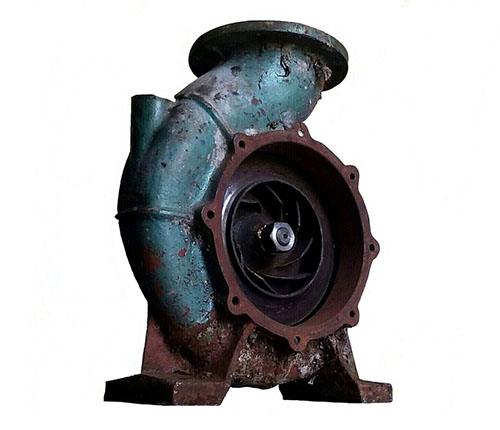
If you notice your pump isn’t working as efficiently as it used to, it may be time for a cleaning. Centrifugal pumps, in particular, can become clogged over time, depending on the nature of the fluid they’re pumping.
You can tell there’s a decrease in efficiency if it takes a pump longer to reach the desired flow rate or if the pressure at the discharge pipe is lower than usual.
Repeated pressure drops, especially when the pumped product type or viscosity hasn’t changed, should be cause for concern.
A sudden decrease in output pressure can be caused by a clogged or constricted discharge pipe. On the other hand, a sudden increase in output pressure often indicates a blockage in the suction line.
Check both the suction and discharge lines for blockages that might be constricting flow. If no blockages are evident, you’ll need to clean your sanitary pump.
Remember, pump heads can be damaged if the pump’s pressure or revolutions/rotations per minute (rpm) are constantly being changed to meet a desired flow rate.
It’s important to clean your pump and check for abrasions, corrosion, or debris when you notice performance dips during operation.
2 – Your Pump Is Vibrating Excessively
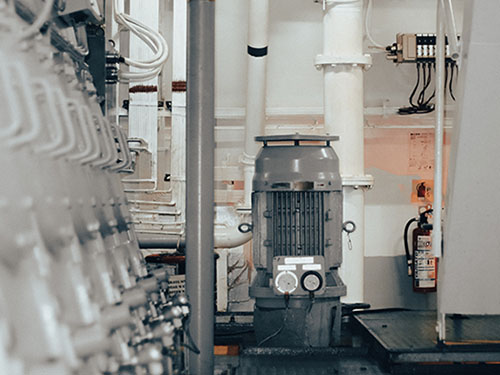
Like most mechanical equipment, it’s normal for sanitary pumps to vibrate during operation.
However, if you notice excessive vibration, it can be a sign that there’s something wrong inside the pump or in the adjacent pump system.
Unusual vibration accompanied by fairly loud noises that sound like gravel or rocks being tossed around in your pump are usually a sign of cavitation. You may even hear implosions of large gaseous bubbles or air pockets that sound like loud bangs.
Cavitation occurs when there’s insufficient pressure at the pump’s suction or insufficient Net Positive Suction Head available (NPSHa). This causes vapor bubbles to form and collapse within the fluid being pumped due to fluctuations in pressure.
While cavitation can be caused by improper pipe architecture, it can also be the result of a clogged sucking port. As such, it’s advisable to clean your pump to ensure unrestricted fluid flow.
Address cavitation issues promptly since they can cause severe damage to your pump’s components, including the impeller, housing, and rotor, if left unchecked. The impeller, in particular, suffers impact damage that can cause it to wear away until its shaft breaks.
3 – Your Pump Is Leaking
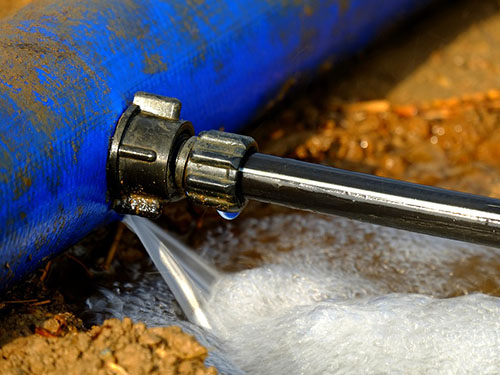
Cracked or dried out seals can result in the leaking of product or barrier fluids. In fact, a single compromised mechanical seal can lead to a situation of product leaking onto the floor.
Don’t be tempted to ignore what you assume to be a minor leak.
Since single mechanical seals depend on the product to keep cool, a leak indicates that the seal is running dry and is, therefore, hot.
As a result, the seal may burn up, allowing the product to enter your pump’s housing where it’ll cause further damage.
It can be harder to detect leakage if your pump has double mechanical seals, which are preferred when maximum sealing safety is desired. In this setup, a barrier is placed between two primary seals, with one seal closer to the product and the other to the pump housing.
Double mechanical seals don’t rely on the product to keep cool. Instead, a barrier fluid, such as water or oil, plays this role. Periodic checking of barrier fluid levels will protect the product from contaminants and the pump from damage.
Any leaks you observe should alert you to the fact that your pump needs cleaning. Furthermore, you’ll want to ensure that any issues with the pump’s seals are corrected.
How to Clean Your Sanitary Pump
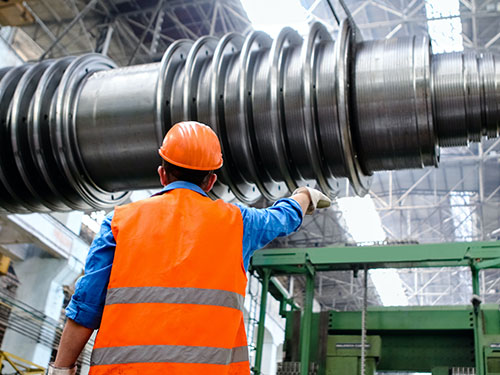
Operations that demand the highest possible sanitary standards can benefit from using CIP pumps.
In a CIP operation, the vessels, pipework, and equipment (including the pumps) that come into contact with the product are cleaned in place, without the need for dismantling.
As this hygienic process involves pre-rinse, cleaning, final rinse, and sterilization, it can be done at temperatures of up to 185° F. It also involves using caustic or acid detergents, together with various sanitizers.
Before running a CIP cycle, ensure your pump can tolerate the temperatures involved. The table below lists some average CIP temperature ranges.
| CIP Cycle | Approximate Temperature Range |
| Pre-Rinse | 104°–140° F |
| Caustic Wash | 140°–185° F |
| Intermediate Rinse | Ambient–140° F |
| Final Rinse | Usually ambient |
| Sanitizing Rinse | Usually ambient |
Depending on the scenario, CIP systems can be:
- Single-Use: The CIP fluid is wasted at the end of each use
- Recovery: The CIP fluid is recycled for reuse during further cycles
You’ll typically need to run a CIP cycle to clean up normal soiling after a processing run. It’s also necessary to run this cycle when changing over from one product to another in your processing line.
The duration, elements, and sequence of a CIP cleaning cycle can vary widely from one system to another. However, the following steps are usually present in most cleaning cycles:
Step 1 – Pre-Rinse
A well-monitored and executed pre-rinse can make the rest of your system’s wash cycle predictable and repeatable.
The purpose of the pre-rinse cycle is to:
- Wet the interior surface of your system’s processes, including lines and pumps
- Provide a non-chemical pressure test of the clean-in-place flow path
- Partially melt fats and dissolve sugars
- Dislodge most of the remaining residue
Deionized water, potable plant water, water processed through reverse osmosis, or the final rinse solution from a previous cleaning sequence may be used in this step.
To verify that all solids have been removed during the pre-rinse cycle, a turbidity sensor may be used.
Step 2 – Caustic Wash
Most CIP wash cycles use caustic as the main detergent.
Caustic, which is also referred to as caustic soda, sodium hydroxide, or NaOH, is an alkali with the highest possible pH of 14. Concentrations in the range of 0.5% to 2% are typically used for cleaning, though highly soiled surfaces may benefit from concentrations as high as 4%.
A caustic wash, which is run at temperatures ranging from 140° F to 185° F, makes fats easier to remove since it softens them. Additionally, using a non-foaming caustic wash formula can:
- Prevent tanks from overfilling with foam
- Help reduce pump cavitation
- Boost pump efficiency
Expert Tip: Since caustic can be re-used multiple times, you can return it to its tank to significantly reduce energy, chemical, and water costs.
Step 3 – Intermediate Rinse
During this step, fresh water is used to flush out any residual traces of detergent that remain after the caustic wash.
It’s important to continue monitoring the instrumentation used during CIP cycles, such as probes and flow transmitters, even during intermediate rinse cycles. Doing so ensures proper cleaning.
Step 4 – Final Rinse
The final rinse flushes out any residual cleaning agents.
You can use deionized water, water processed through reverse osmosis, or city water to complete this step.
Additionally, you may recover this water and reuse it as the pre-rinse solution during your next cleaning cycle. As a result of the chemicals and residual heat this water retains from the process, it can make the next pre-rinse cycle more effective and economical.
Step 5 – Sanitizing Rinse
The sanitizing rinse is carried out before starting the next production run. This cycle, which uses various hypochlorite solutions such as calcium, sodium, and potassium, is needed to reduce or eliminate pathogens in the system.
Bleach or chlorine has been used as an active ingredient in sanitizing rinse for ages. However, a combination of hydrogen peroxide and acetic acid (known as peracetic acid) is becoming more popular.
While chlorine can be potentially harmful to stainless steel (it can cause corrosion, staining, and pitting), peracetic acid leaves no chlorine residue.
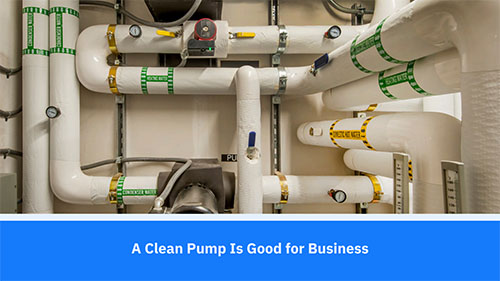
A Clean Pump Is Good for Business
A clean pump, when part of a hygienic processing environment, can ensure excellent product purity and quality.
Find high-quality centrifugal sanitary pumps that are suitable for CIP at Sanitary Fittings, and enjoy easy self-cleaning. No more hassle of dismantling your pumps each time you need to run a cleaning cycle.
Sanitary Fittings has a stringent quality inspection process that’ll leave you feeling assured and pleased with your product. Here’s what Sergio Arreola had to say about his experience:
“Great product. Fast processing and shipping. Will buy again.”
Share on LinkedIn:

